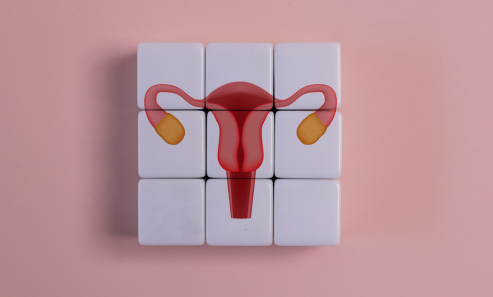



Here's a detailed, easy-to-understand explanation of Ovarian Detorsion, useful for patient education, websites, or medical communication materials:

Ovarian detorsion is a surgical procedure performed to untwist the ovary when it becomes twisted around the ligaments that support it — a condition known as ovarian torsion. Detorsion restores blood flow to the ovary and helps prevent permanent damage or loss of the ovary.

Performed using small incisions and a camera.
Faster recovery and less post-operative pain.

Used when torsion is severe or complications arise.
Requires a larger incision and longer hospital stay.

Ovarian cyst or tumor that adds weight to the ovary
Congenital abnormality in the ligaments
Sudden movement or trauma
Hormonal changes during pregnancy or IVF treatment
The main treatment for ovarian torsion is surgery — detorsion.
Aim: Untwist the ovary and preserve ovarian function.
If the ovary appears viable, it is left intact.
In rare cases, if the ovary is necrotic (dead), oophorectomy (removal) may be necessary.


Ultrasound with Doppler (to check blood flow)
CT or MRI (if needed)

General anesthesia is given
Laparoscopy or laparotomy is performed
Ovary is gently untwisted
Cysts may be removed if present
Ovary is monitored for color and blood flow
In some cases, ovariopexy (anchoring the ovary) may be done to prevent recurrence

Most patients recover within 1–2 weeks after laparoscopy.
Pain relief, rest, and follow-up imaging may be needed.
Fertility is often preserved with prompt intervention.